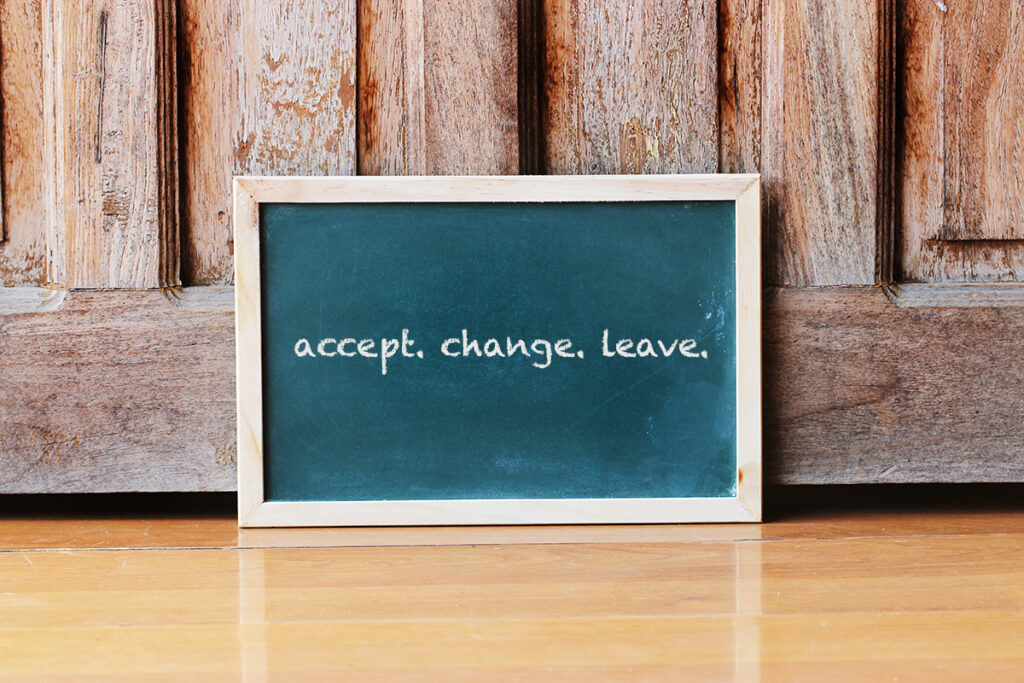Mindful Test-Taking
Have you ever lost yourself in a great book and become unaware of the sounds and events happening around you? Have you ever seen a child so engaged in playing a video game that they do not hear you calling them?
When we lose ourselves in something, we have a very narrow focus. That is because our focus is so tightly attached to what we are doing, we have very little for anything else.
Mindfulness is when we are intentionally paying so much attention to something that we become part of it. I have been practicing mindfulness in one shape or another for more years than I care to admit. Last year, I decided to try applying some of the principles to my students and their learning. This was in response to noticing that my students tended to lose focus while taking assessments in my class and in other classes. I wanted my students to lose themselves in the test.
What would this look like? My students would be so engaged in the test that their minds would not wander. They would not be thinking about lunch, their boyfriend or girlfriend, the homework they had forgotten to do, or the student sitting across from them who had the sniffles. Here is how I helped my students apply mindfulness strategies while taking tests.
The Process
It is important to realize that not all students will participate at the start. From my experience, they eventually see others using the method and join in.
To start, I talk to my students about what happens when they are reading and get lost in the story, or playing a video game and get so engaged in the game that it feels like the world around them goes away. I have had students tell me that when they are playing their instrument in band, the same thing happens to them. I have also had students who play soccer explain to me that the game of soccer is so intense that they forget anyone is watching and screaming at them from the stands.
Once we have established what we are looking for (total focus and being lost in what we are doing), we move on to some of the methods that we can use to become mindful in our test-taking.
I explain that we have to work to focus on things that don’t naturally grab our attention. It is natural for our minds to wander. It is natural for our thoughts to stray and cling to things that have nothing to do with the task at hand. This is where the work of mindfulness and mindful test-taking comes into play.
How do we deal with the stray thoughts? As we sit down to take the test, we must commit to working toward mindfulness. By doing that, we acknowledge that there is going to be some work, especially when first starting to use mindfulness. Once we do that, we can move on to the skills we need to handle the stray thoughts that will come and interrupt us.
Being Mindful in the Midst
I tell my students to start taking the test as they normally would. When stray thoughts about things having nothing to do with the test pop into your minds, I say, look at them as if they were words or images. Notice them, as if you were saying hi to them, and then send them away as if you were releasing the words or images in a balloon filled with helium. I ask students to notice their leaving for a second and then return to the test in front of them and their thinking within the test.
Of course, this practice takes persistence and self-control at first. Like anything else that is worthwhile, it takes commitment and practice.
Since my students are not going to be taking a test daily, I weave the practice of mindfulness into their daily work. This includes their reading of text, watching video clips, and writing. I have found that one of the most important things to do while practicing mindfulness with regular class work is to have reflective conversations. This allows students to share what they struggle with. Students explain how they overcome various obstacles in letting go of the stray thoughts. What I find most interesting is that they create their own strategies for dealing with the stray thoughts and bringing themselves back to mindfulness.
When my students reach the point that they are intentional about using mindfulness in their work and are seeing it as a natural part of their learning strategies, I know that they have owned the use of mindfulness and that this will be part of who they are as learners from this point forward.
I have seen major improvements in the quality of work and in district and state test scores through practicing mindfulness. My students report feeling like the tests are more fun, almost puzzle-like, when they practice mindfulness. They also report that they get lost in time and feel like the test and time go by much more quickly. I have seen my students apply this technique to their other classes with great success as well.
Getting lost in a test. I know it sounds foreign or strange, but it is possible, and has lasting results.
AUTHOR
Mark Levine
Mark Levine is a social studies teacher at John J. Lukancic Middle School in Romeoville, Illinois. You can follow his latest thinking at Levine Writes.


No comments:
Post a Comment